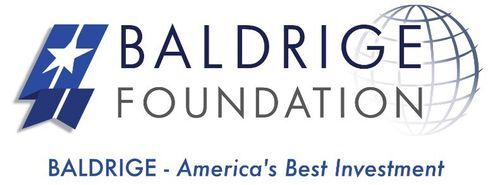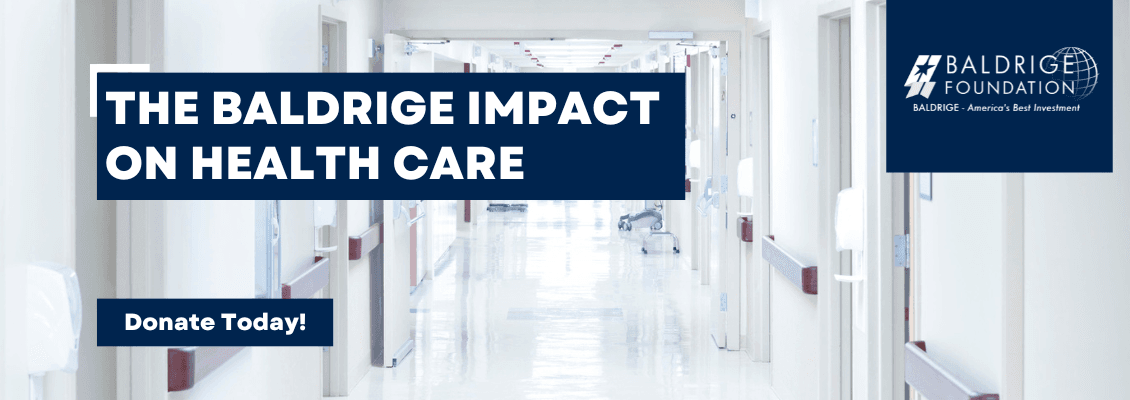In 1998, Congress expanded the scope of the Malcolm Baldrige National Quality Award by authorizing the health care and education sectors. The Baldrige Performance Excellence Program then adapted the Criteria for Performance Excellence (now called the Baldrige Excellence Framework), developing a health care-specific version of the Framework. Through 2017, a total of 24 health care organizations have received the National Quality Award. Hundreds more have been recognized for their role model performance in their respective state-based programs and nationwide through a number of Baldrige-based health care quality award programs.
Baldrige is adaptable and applicable in many different settings, including across the health care spectrum. Each hospital and hospital system has its own unique set of needs and goals, determined in part by location, demographics, and a variety of other factors. Whether an organization is involved in ambulatory service, health maintenance, long-term care, or another health care service, the Baldrige Excellence Framework is a valuable tool for measuring performance and leading organizations of all sizes and levels of complexity in an uncertain environment.
The Baldrige Framework is such a powerful tool for leading health care organizations that the President’s Council of Advisors on Science and Technology recommended that the Department of Commerce and the Department of Health and Human Services build on the Baldrige Award to help bring down the cost and improve the quality of health care across the United States.
We now have more than 15 years of experience with Baldrige in the health care sector, and there is overwhelming evidence that Baldrige makes a significant, positive impact on the provision of quality health care.
The improvements reported by the individual award-winning organizations are impressive, spanning patient morbidity and mortality outcomes to cost and process efficiencies to medical and support staff and patient and family satisfaction. Some of the life-saving improvements in clinical outcomes include:
- Advocate Good Samaritan Hospital’s risk-adjusted mortality decreased from 0.73 in 2004 to 0.25 in 2010.
- Memorial Hermann Sugar Land ranks among the top 10 percent of hospitals nationally for its performance on measures of emergency center arrival-to-discharge time, compliance with regulations to reduce medication errors, bed turnaround times, radiology and laboratory result turnaround times, and the use of computerized physician order entry. The hospital’s readmission rates for patients treated for acute myocardial infarction, congestive heart failure, and pneumonia were lower than those of hospitals nationwide, according to data from the Centers for Medicare and Medicaid Services.
- According to the Institute for Healthcare Improvement, Henry Ford Health System’s evidence-based global harm campaign is a national best practice. From 2008 through 2011, the campaign led to a 31 percent reduction in harm events.
- Schneck Medical Center has maintained rates of hospital-acquired infections at or below 1 percent since 2008, and no patient has acquired ventilator-associated pneumonia since 2009.
- Atlanticare Regional Medical Center achieved Centers for Medicare and Medicaid Services top 10 percent performance in 2008 for patient care measures related to congestive heart failure, acute myocardial infarction, and pneumonia.
More than the year-over-year performance improvement of health care organizations as they pursue their Baldrige journey, broader studies comparing Baldrige-based health care organizations with peer organizations that have not adopted the Baldrige Framework, show that Baldrige organizations significantly outperform their non-Baldrige peers.
According to Thomson Reuters, hospitals using the Baldrige criteria were 6 times more likely to be in the top 100 hospitals and outperformed non-Baldrige hospitals in:
- Risk-adjusted mortality index
- Risk-adjusted complications index
- Patient safety index
- CMS core measures score
- Severity-adjusted average length of stay
- Adjusted operating profit margin
A study by Ronald Schulingkamp and John Latham compared Baldrige Award winning hospitals with non-Baldrige hospitals across 39 Process of Care, Patient Satisfaction, and Outcomes of Care metrics, and concluded that, “Although not all measures were statistically significant, Baldrige Award recipient hospitals had higher mean values representing higher performance than non-Baldrige Award recipient hospitals in 37 of the 39 (95 percent) study measures.
Substantial data from case studies and comparative analyses shows that health care organizations improve their performance by adopting the Baldrige Excellence Framework for Health Care, and that they become significantly better performers than peer organizations that have not adopted Baldrige. The data proves that #BaldrigeSavesLives.


